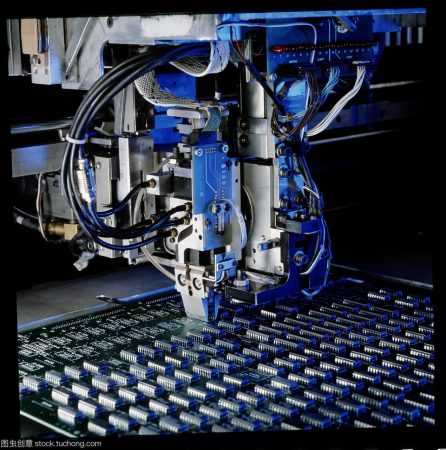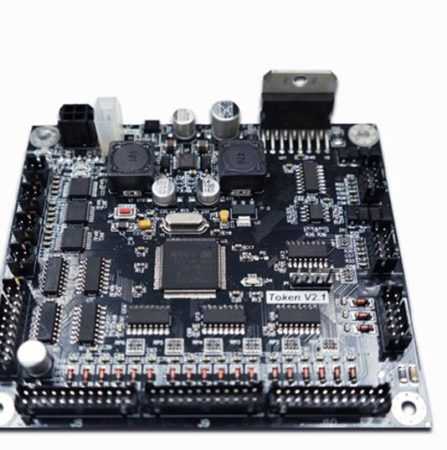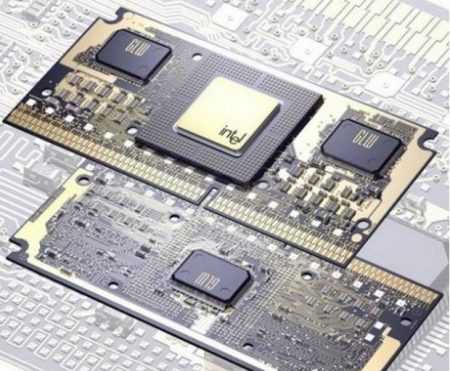- +86-755-23012705
- Building 3, Jinfeng Industrial Park, Fuyong Street, Baoan District, Shenzhen ,China
- [email protected]
Frequently Asked Questions about PCB Diagram Design by PCB Manufacturers in China.
A1:
(1) Part packaging refers to the appearance and solder joint position indicated when the actual part is soldered to the circuit board.
(2) The part package is only the appearance of the part and the position of the solder joint, and the pure part package is only the concept of space, so different parts can share the same part package; on the other hand, the same kind of part can also have different packages, such as RES2 stands for resistance, and its package form has AXAIL0.4, AXAIL0.3, AXAIL0.6 and so on, so when taking the welded parts, not only know the name of the part but also know the package of the part.
(3) The package of the part can be specified when designing the circuit diagram or when introducing the netlist. When designing a circuit diagram, you can specify the Footprint setting in the Part Properties dialog box, or you can specify the part footprint when you import the netlist.

A2: The wire, also known as the copper film trace, is referred to as the wire, which is used to connect the various solder joints and is the most important part of the printed circuit board.
Another kind of wire related to the wire is often called flying wire, also known as pre-tensioned wire. A flying wire is a kind of connection that is generated by the system according to the rules after the net table is introduced to guide the wiring.
There is an essential difference between a flying wire and a wire. The flying wire is only a formal connection, which only formally represents the connection relationship between each solder joint, and has no electrical connection significance. The conductor is arranged according to the connection relationship between the solder joints indicated by the flying wire, and has the connection line of electrical connection significance.
Nets and wires are different, and solder joints are also included on the net, so when referring to nets, not only guide wires but also solder joints connected to wires are included.
A3: The middle layer and the inner layer are two concepts that can be easily confused. The middle layer refers to the intermediate board layer used for wiring, which is a wire, and the inner layer refers to the power supply layer or the ground wire layer, which is generally not wired, it is composed of a whole copper film, and it is a negative phase display.

A4: There are two types of netlists: external netlists and internal netlists. The internal netlist is the netlist that is used for wiring within the PCB system after modification according to the imported external netlist. Strictly speaking, these two types of netlists are completely different concepts, but the reader does not have to make a strict distinction.
A5: First: the introduction of the netlist, the introduction process of this netlist is actually the process of loading the data of the schematic design into the printed circuit board design system PCB. All changes in the data in the PCB design system can be done through the Netlist Macro, which automatically generates a network macro by comparing and analyzing the netlist fileo and the internal data of the PCB system.
Second, you can use the netlist manager to edit the connection relationship between each component of the circuit board directly in the PCB system to form a netlist.

Discover a World of Possibilities with XPCB Limited
At XPCB Limited, we’re here to help you explore new horizons. Our advanced PCB manufacturing, rapid prototyping, and turnkey PCBA solutions make it easy for you to turn your ideas into reality. Trust us to deliver excellence and reliability every step of the way. Join us and experience the power of innovation with XPCB Limited by your side.






XPCB Limited is a premium PCB & PCBA manufacturer based in China.
We specialize in multilayer flexible circuits, rigid-flex PCB, HDI PCB, and Rogers PCB.
Quick-turn PCB prototyping is our specialty. Demanding project is our advantage.
Tel : +86-136-3163-3671
Fax : +86-755-2301 2705
Email : [email protected]
© 2024 - XPCB Limited All Right Reserve
